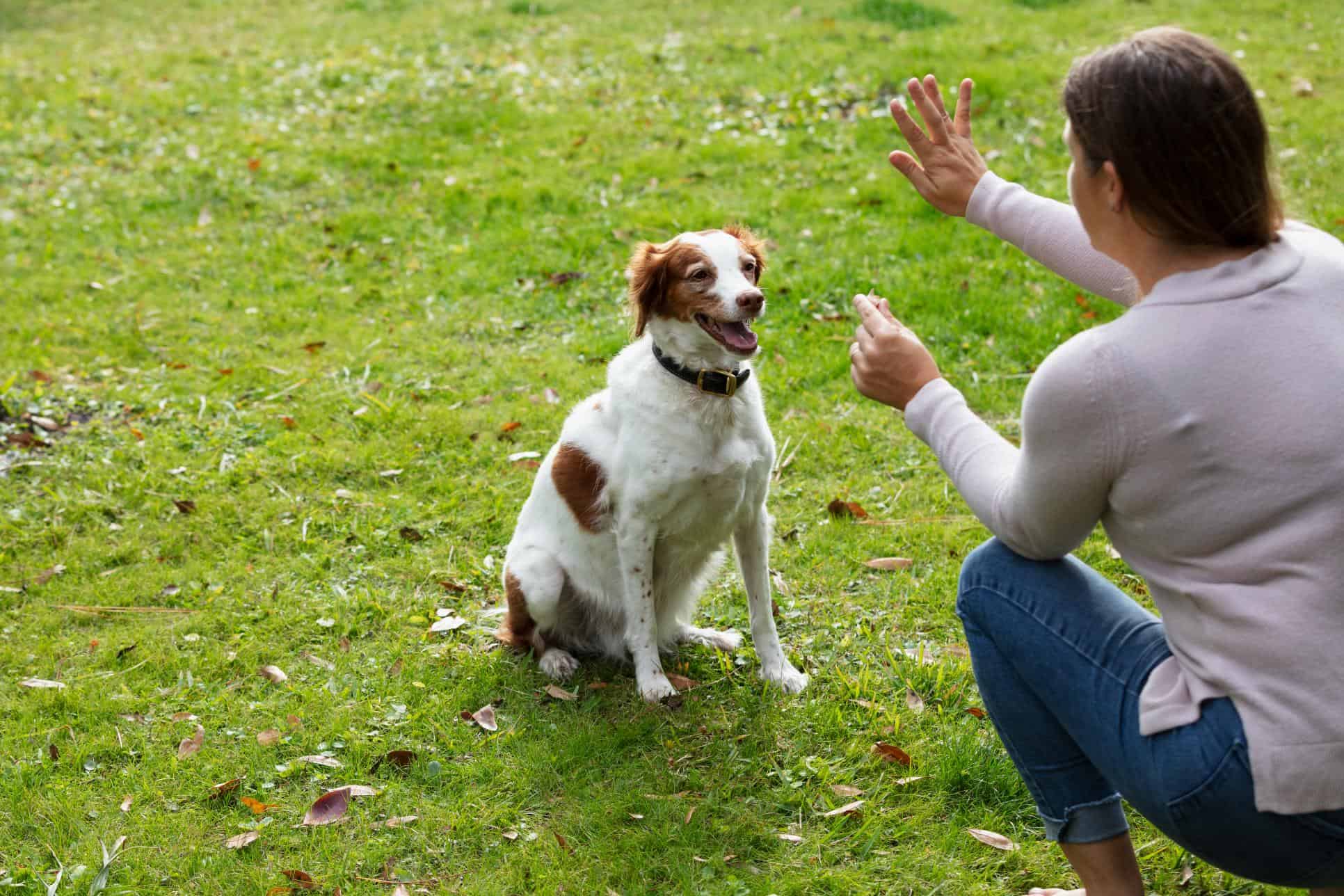Training your dog to obey basic commands is not only an essential part of responsible pet ownership—it’s also a powerful way to create a meaningful bond. When done with patience and consistency, foundational commands such as sit, stay, come, and down can be taught in a stress-free and enjoyable manner. This guide covers everything you need to know—from preparation through practice—to train your dog in a kind, effective, and AdSense-friendly way.
Why Stress-Free Training Matters 🐾
Stress-free training ensures that your dog enjoys the learning process without fear or pressure. Here’s why it matters:
- Enhances trust and cooperation – Training becomes a positive interaction when your dog feels safe.
- Strengthens your bond – Working together positively builds emotional connection.
- Ensures better retention – Dogs trained without anxiety learn faster and retain behaviors longer.
- Fits AdSense guidelines – Advice promoting gentle, responsible pet care aligns with content policies.
Preparing for Training
1. Choose the Right Environment
Pick a quiet, distraction-free space. This could be indoors or a calm backyard. A focused environment helps your dog concentrate on you, not external stimuli.
2. Gather Your Tools
Essential items include:
- High-value treats: Small, soft, especially tasty (like cheese, chicken, or liver treats).
- Clicker (optional): A consistent sound signal to mark correct behavior.
- Leash and collar: For added control and safety during the training session.
3. Timing Is Key
Short, frequent sessions work best—5 to 10 minutes, two to three times a day. Dogs focus better in bursts and learn faster through repetition and consistency.
4. Establish Communication Signals
Keep your commands consistent. Choose a simple word like “sit” and always use the same tone. Avoid saying “sit down”; instead, say only “sit.” Consistency is key for clear communication.
Basic Commands Step by Step
H2: Teaching “Sit”
- Start with treats in hand: Hold a treat above your dog’s nose, slightly back.
- Lure into position: Move the treat upward and back; as your dog follows, they naturally sit.
- Mark and reward: As soon as they sit, click or say “Yes!” and give the treat.
- Repeat: Practice 5–10 times in a row.
- Add the cue: Once they sit reliably with the lure, say “sit,” wait for the position, then reward.
H2: Teaching “Stay”
- Start from confirmation of “sit”.
- Give the command: Say “stay” clearly.
- Take a step back: If they remain in place, reward immediately.
- Increase distance and duration: Gradually extend how far and how long.
- Durability over distance: Practice in different areas and challenges.
H2: Teaching “Come”
- Use a safe space or leash.
- Association: Say “come,” gently pull the leash toward you, and reward when they reach you.
- Positive tone: Make your call happy and upbeat.
- Release phrase: Teach a word like “Okay” or “Free” to signify the end of the command.
- Offset distractions: Gradually add background distractions to reinforce reliability.
H2: Teaching “Down”
- Start from sit.
- Treat lure: Move the treat from nose to the floor, then along the floor.
- Lie down: As they follow the treat, their body lowers.
- Mark and reward: Click or say “Yes!” then reward.
- Add cue: Introduce the word “down,” deliver the treat once they lie down.
Tips for Stress-Free Training
- Stay positive – Focus on rewarding desired behaviors rather than punishing mistakes.
- Watch body language – Look for signs of stress such as yawning, licking lips, avoiding eye contact.
- End on a high note – Always finish each session with a successful command, even if easier.
- Consistency is everything – Use the same cues and routine across household members.
- Keep expectations realistic – Puppies and older dogs may progress at different paces.
Troubleshooting
| Issue | Likely Cause | Solution |
|---|---|---|
| Dog ignores commands | Too rapid progression | Slow down; revert to simpler steps |
| Dog becomes distracted | Distractions too intense | Train in quieter environments first |
| Dog seems anxious | Poor body language | Pause or end sessions early; shorter duration |
| Over-excitement during “come” | Command sounds like play cue | Vary tone; increase formality |
Bringing It All Together
- Start with short, daily sessions focusing on one command at a time.
- Use high-value rewards and clicker/timing signals for precise feedback.
- Gradually add distance, distractions, and duration as your dog masters each step.
- Observe your dog’s comfort: if stress signs appear, step back and reward consistently.
- Emphasize positive reinforcement to foster a lifelong bond.
Real-Life Example
Meet Luna, an energetic two-year-old Labrador puppy. Luna’s owner, Maria, began training at home using this method. Three weeks later, Luna reliably sat and stayed for moderate durations. Maria introduced distractions during neighborhood walks, and Luna maintained her commands. Through relaxed and joyful training, both Maria and Luna enjoy learning as a shared experience.
Final Thoughts: Making Training Enjoyable
Stress-free training transforms lessons into bonding moments. Every successful “sit,” “stay,” or “come” builds confidence—not just in your dog, but also in the connection you share. Approach each session with patience, consistency, and love, and you’ll set a strong foundation for a well-behaved, happy companion.

